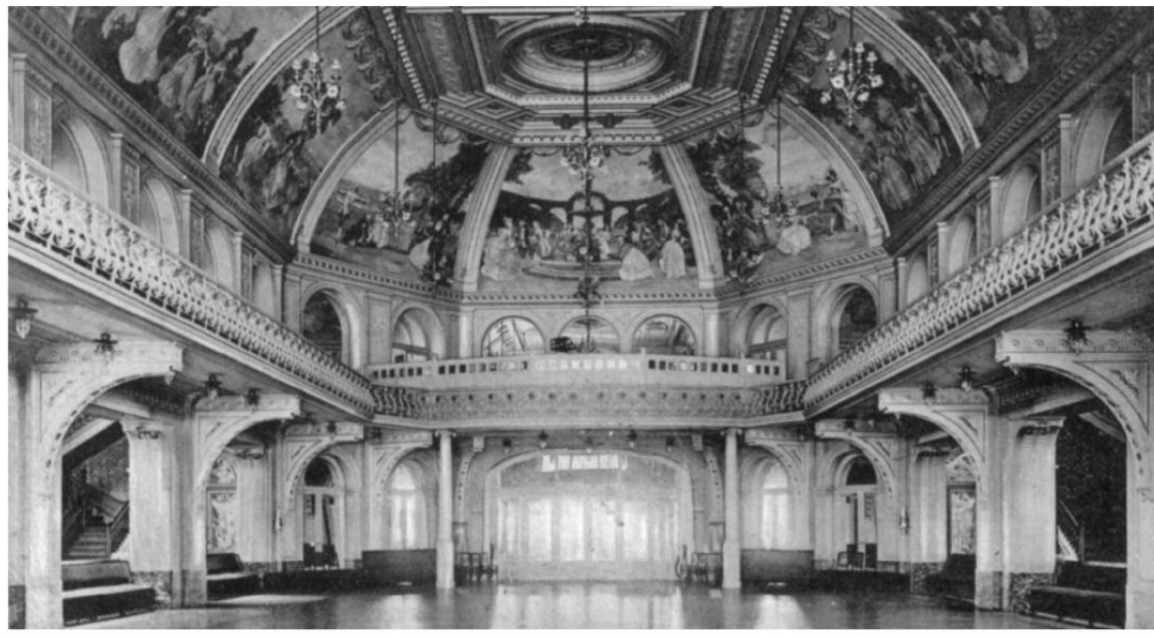
A Century of Chess: Ostend Championship 1907
After the abstruse and unpopular organizing system at Ostend 1906, the organizers reverted to a more traditional format: a cozy championship section, featuring six players in a round-robin, and a boisterous masters’ section of thirty players. In a sense, this was an opportunity missed. The great storyline in chess of this period was the division between the classical generation who had come of age around the 1895 Hastings tournament and the Young Turks, who emerged around Barmen 1905 and would go on to form the cadre of the hypermodern movement. By 1907, the best of the new generation – Rubinstein, Duras, Bernstein, etc – were fully able to hold their own against the more established masters, but, at Ostend, the two groups were once again segregated. The championship section was hampered further by the non-participation of Maróczy (who was unable to miss work) and of Lasker (who claimed he was recovering from the frankly-not-very-taxing match with Marshall) and by the unwise decision to invite two veteran stalwarts, Burn and Chigorin, who were by now no longer able to compete at top level. The organizers had high hopes for this section. The winner Tarrasch was crowned “tournament champion of the world” and his success here paved the way, at last, for a world championship match with Lasker the next year.
There was plenty of drama in the tournament although no real surprises. Janowski took an early lead in his swashbuckling style, winning five of his first seven, then fell back behind Tarrasch and Schlechter who were playing strong, solid chess.
The most famous incident of the tournament came in round 10. Schlechter developed a strong middlegame position against Tarrasch. Tarrasch mentioned that he had a stomachache and was in a poor state to play. Schlechter offered a draw, which Tarrasch accepted. That half-point turned out to be critical – it was the difference by which Tarrasch eventually won the tournament – and the incident seemed to epitomize both Schlechter’s gentle nature and a certain pompousness in Tarrasch’s character. Not every chess player would announce to his opponent his physical ailments; and very few would then pass up a promising position for the sake of their opponent’s health. On the other hand, the incident may be better as a story than in reality. Schlechter’s position wasn’t actually so overwhelming, and it made sense, in tournament practicalities, to agree to a draw with a dangerous rival (the two players had a 16-move grandmaster draw in an earlier round) and then to gang up on the weaker players. In any event, Tarrasch won in his next meeting with Schlechter (each player had four games with every other player) and held onto his narrow lead until the end.
Tarrasch entered the last round a point ahead of Janowski, with Schlechter a half point behind him. Schlechter chivalrously played out his game against Tarrasch, beating him, and giving Janowski his chance to catch the leader, but Janowski lost to Marshall, yielding a tight crosstable – all four of the top players finishing within a point of each other. Marshall, fresh off his humiliating defeat in the Lasker match, redeemed himself with a strong tournament, beating Schlechter twice, although he never really challenged for first.
It was a sad sight to see the great Chigorin clearly overmatched, scoring only 4.5 points in twenty rounds, losing several games on the clock and completely collapsing at the end of the tournament.
